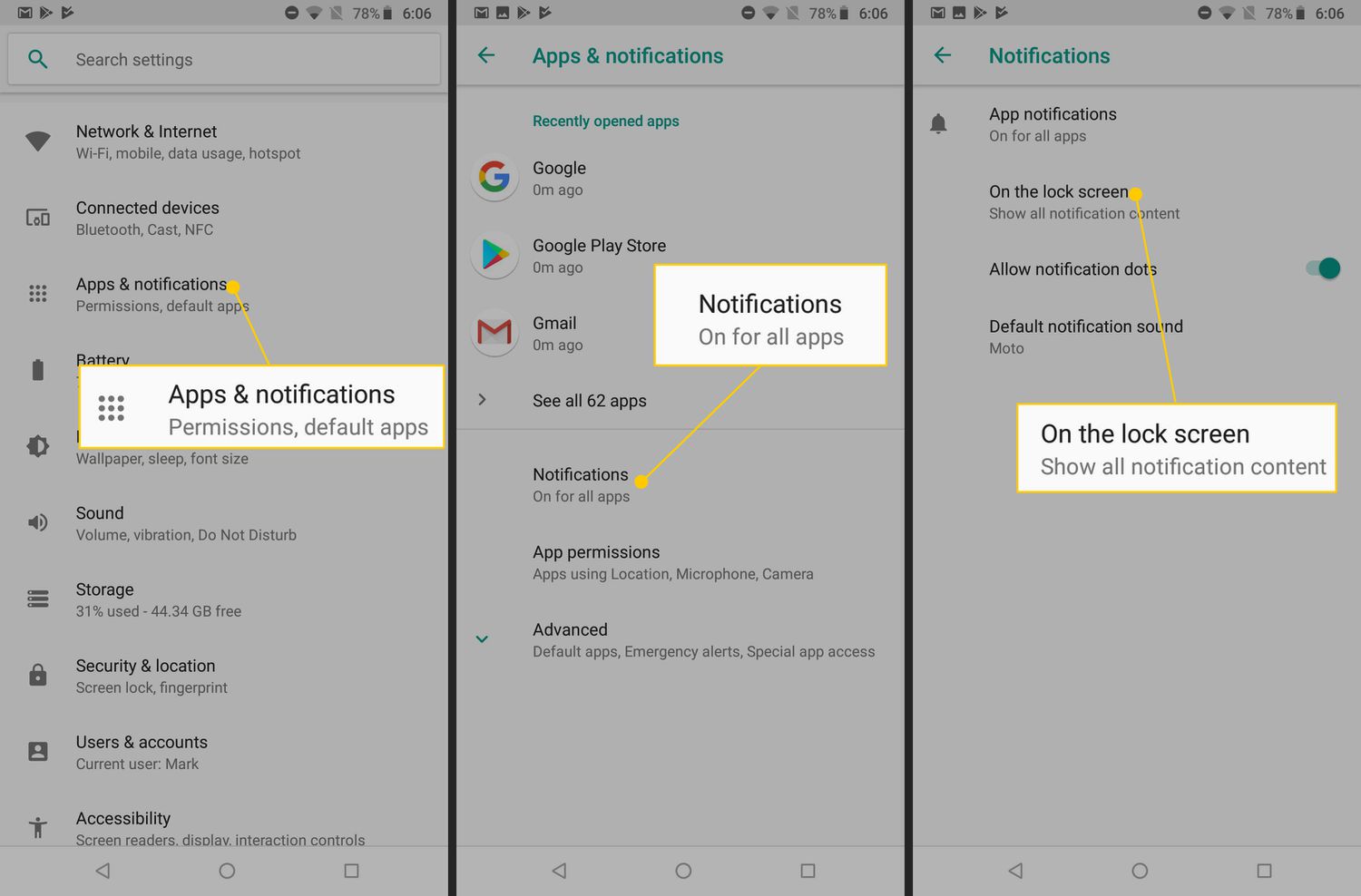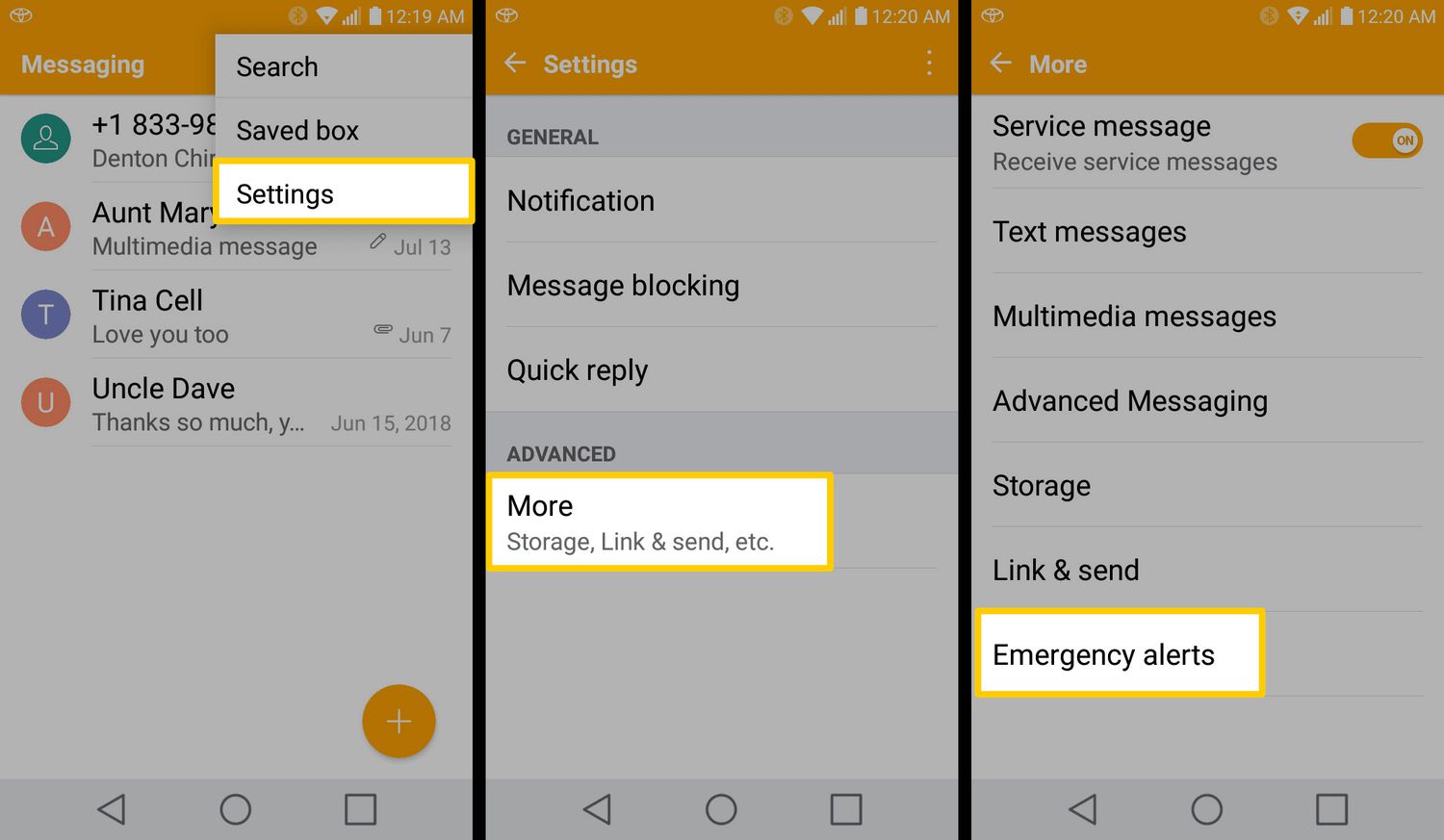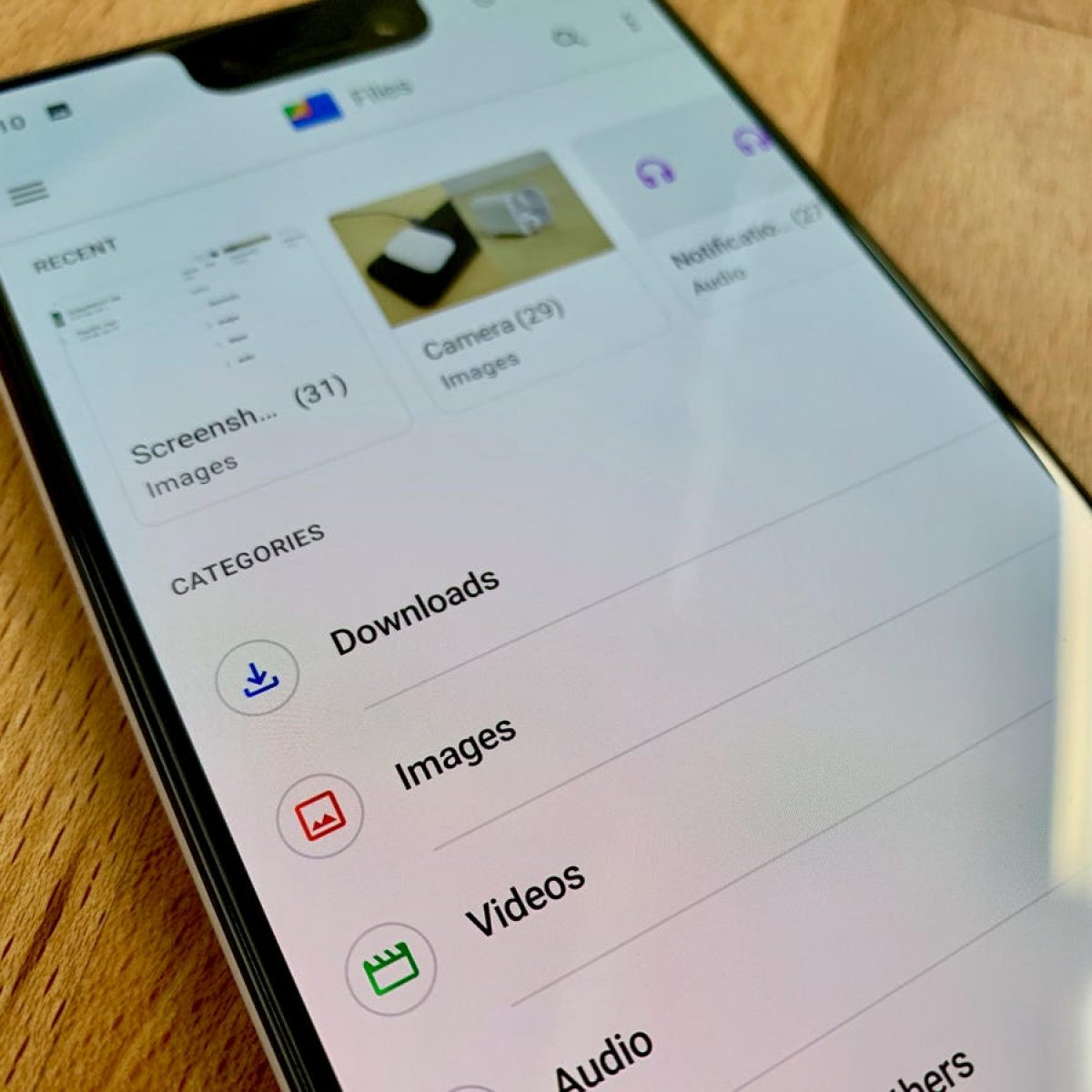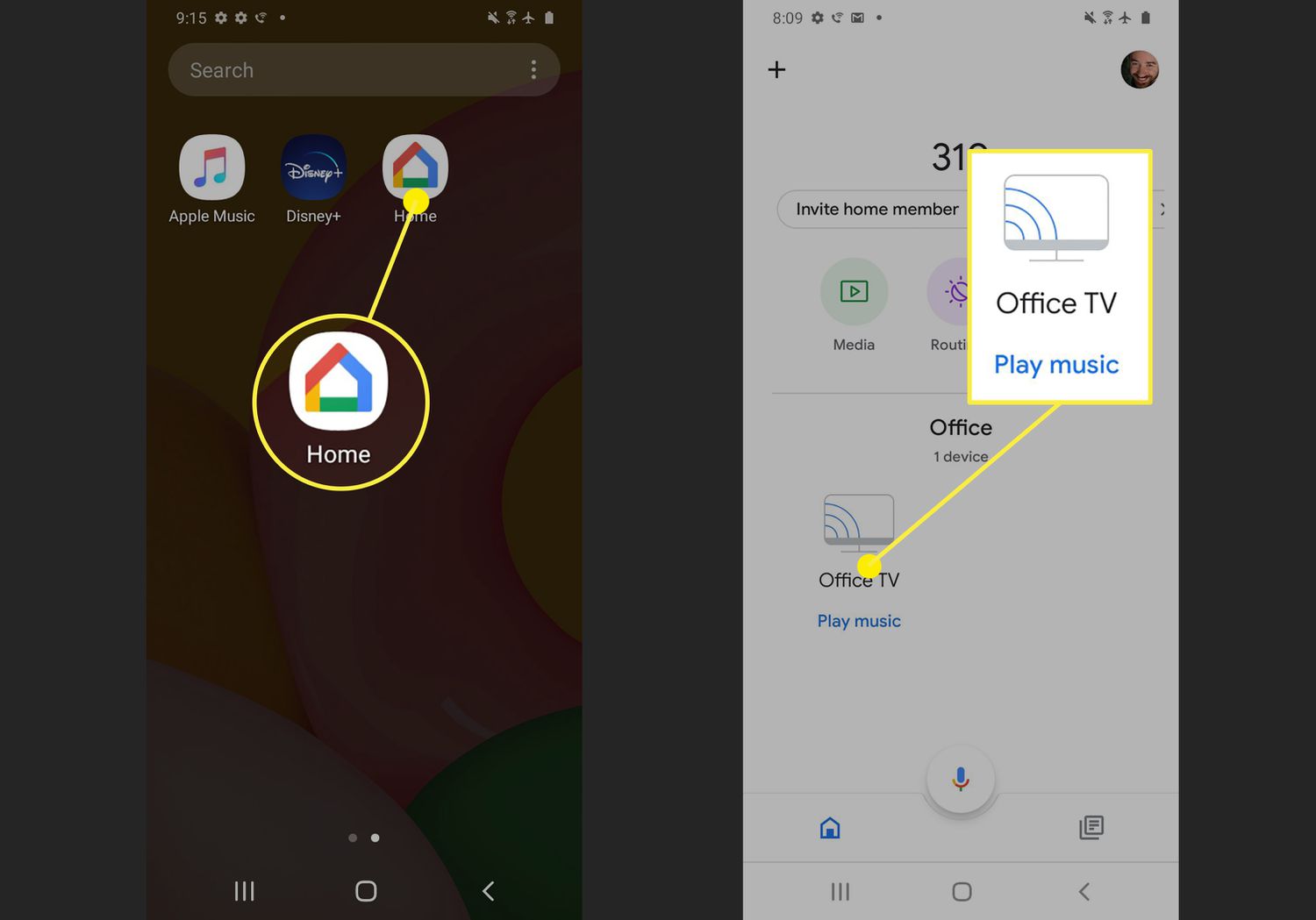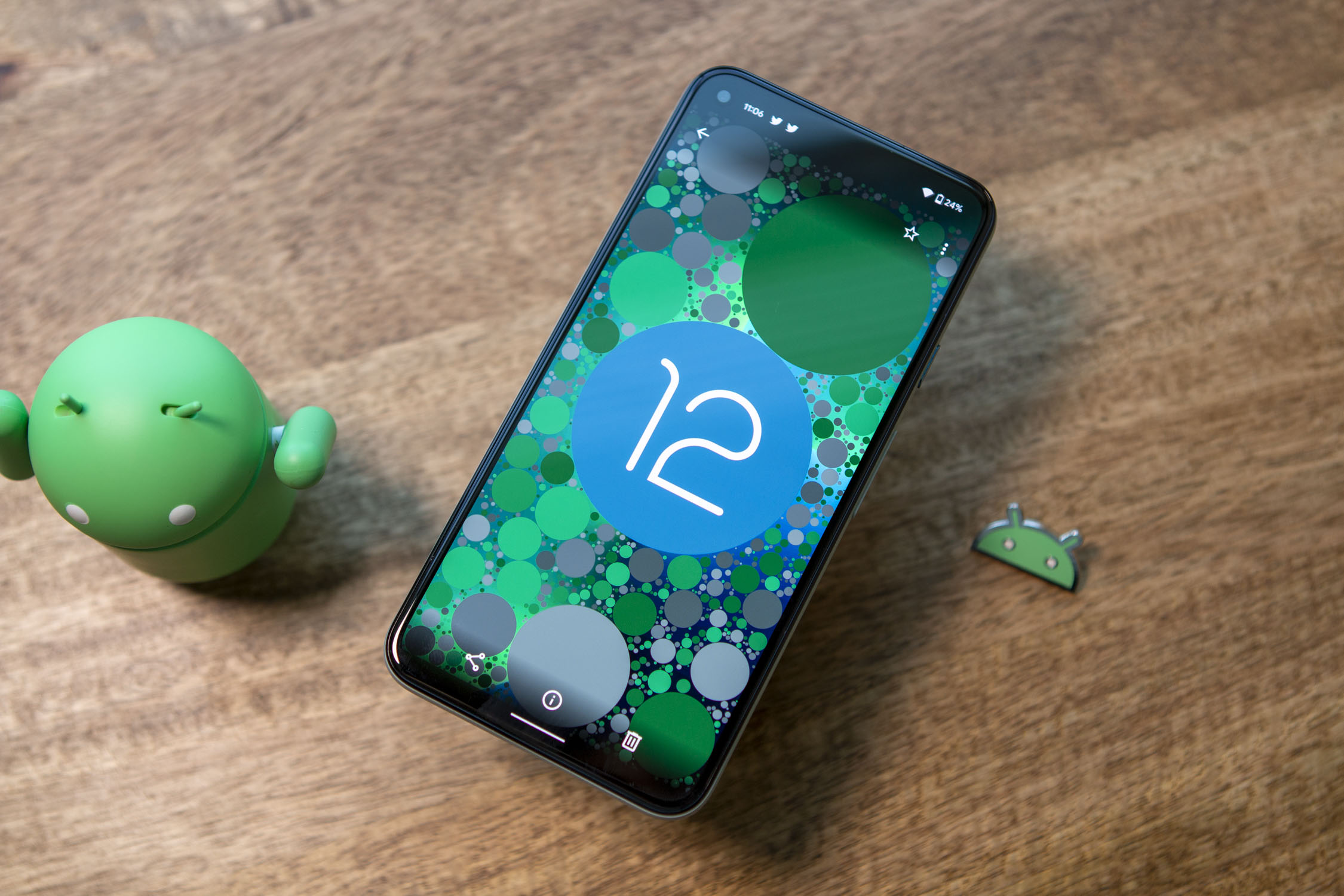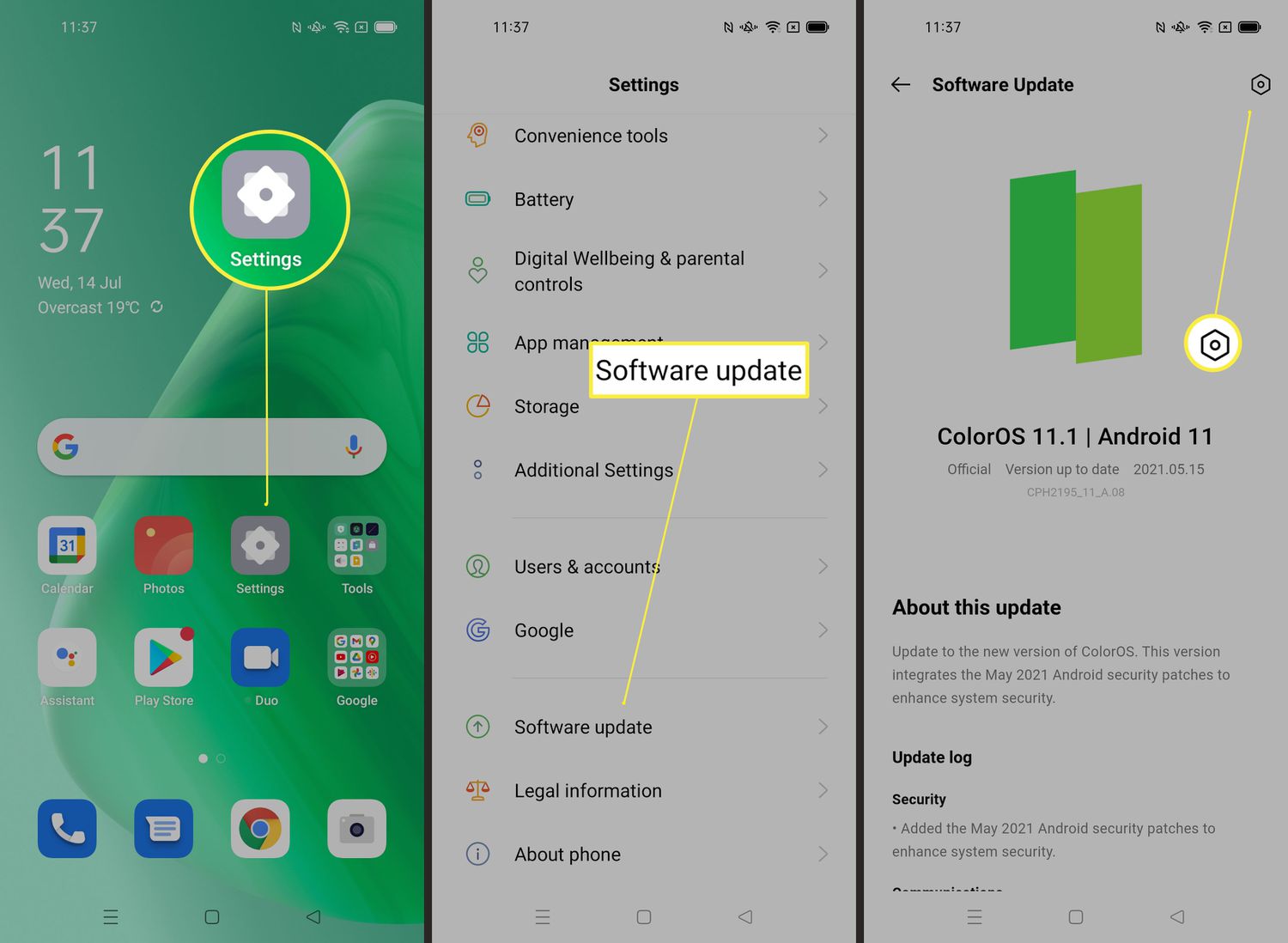Introduction
Notifications play an important role in keeping us informed and connected in the digital age. However, at times, the constant barrage of notifications on our Android devices can become overwhelming and distracting. Whether you want to silence notifications temporarily or disable them completely, Android offers several methods to help you take back control and regain peace of mind.
In this article, we will explore four different methods to turn off notifications on your Android device. Whether you prefer using the settings menu, app settings, the notification shade, or the do not disturb mode, there is a solution that suits your needs. By following these steps, you can customize your notification settings to suit your preferences and create a more focused and distraction-free experience.
It’s important to note that while turning off notifications can be beneficial for reducing distractions, it may also affect your ability to stay updated with important information or receive time-sensitive alerts. Consider your needs and the specific apps you use before deciding to disable notifications entirely.
Now, let’s dive into the different methods you can use to turn off notifications on your Android device!
Method 1: Using the Settings Menu
If you prefer a comprehensive approach to managing notifications on your Android device, using the settings menu is a great option. Follow these steps to turn off notifications for specific apps or adjust your notification preferences:
- Open the Settings app on your Android device. You can usually find it in your app drawer or by swiping down from the top of your screen and tapping the gear icon.
- Scroll down and tap on “Apps” or “Apps & notifications,” depending on your device.
- From the list of installed apps, select the app for which you want to turn off notifications.
- On the app settings page, look for the “Notifications” or “App notifications” option and tap on it.
- Here, you’ll find various notification settings specific to the app. To disable notifications completely, toggle the switch next to “Allow notifications” or “Show notifications” to the off position.
- If you prefer to have more control over the types of notifications you receive, you can customize the settings further. For example, you can choose to disable sound, vibration, or the notification badge for that particular app.
- Repeat these steps for other apps you wish to modify the notification settings for.
Using the settings menu gives you the flexibility to customize notification settings for individual apps, allowing you to fine-tune your notification preferences based on your needs. Whether you want to disable notifications for certain apps entirely or adjust specific aspects of the notifications, this method provides a comprehensive solution.
Method 2: Using the App Settings
Another way to turn off notifications on your Android device is by utilizing the app settings. This method allows you to manage notifications directly within the app itself. Here’s how you can do it:
- Open the app for which you want to adjust the notification settings. This could be any app installed on your Android device.
- Once you’re inside the app, look for the app’s settings or preferences. This can usually be accessed by tapping on the three-dot menu icon or by navigating to the app’s settings within the app itself.
- Within the app’s settings, locate the option for “Notifications” or “Notification settings.”
- Here, you will find various notification settings specific to the app. To disable notifications for this app, toggle the switch next to “Allow notifications” or “Show notifications” to the off position.
- Depending on the app, you may have additional options to customize the notification preferences. You can choose to disable sound, vibration, or the notification badge for that particular app.
- Repeat these steps for any other apps you wish to modify the notification settings for.
Using the app settings to manage notifications provides you with a more app-centric approach. It allows you to customize notification preferences directly within the app, giving you granular control over each individual app’s notifications. This method is especially useful if you want to turn off notifications for specific apps without affecting the rest of your device’s notifications.
Method 3: Using the Notification Shade
If you want a quick and convenient way to manage notifications on the go, using the notification shade is the way to go. The notification shade is the dropdown menu that appears when you swipe down from the top of your Android device’s screen. Follow these steps to turn off notifications using the notification shade:
- Swipe down from the top of your screen to open the notification shade.
- Find the notification you want to disable and swipe it slightly to the right or left.
- As you swipe, you’ll reveal additional options for the notification. Look for a gear icon or a settings icon and tap on it.
- Depending on your device’s manufacturer and Android version, you may see different options here. Look for “Block” or “Turn off notifications” and tap on it.
- A confirmation prompt may appear asking if you want to block the notifications for that app. Confirm your selection.
By using the notification shade, you can quickly turn off notifications for specific apps without diving into the settings menu or app settings. It offers a hassle-free method to manage notifications on the fly, giving you control over which notifications you receive and when.
Note that this method only disables notifications temporarily. If you want to permanently disable notifications for an app, consider using the settings menu or app settings as mentioned in the previous methods.
Method 4: Using Do Not Disturb Mode
If you want to completely silence notifications and ensure that your Android device doesn’t interrupt you during specific times or activities, using the Do Not Disturb mode is the ideal solution. Follow these steps to enable Do Not Disturb mode and turn off notifications:
- Swipe down from the top of your screen to open the notification shade.
- Swipe down again to reveal the quick settings panel.
- Look for the Do Not Disturb icon. This can vary depending on your device and Android version, but it is usually represented by a circle with a line through it or a bell icon with a diagonal line across it.
- Tap on the Do Not Disturb icon to enable the mode.
- You can choose between three different options for Do Not Disturb mode: “Priority only,” “Total silence,” or “Alarms only.” Select the option that suits your needs best. In this case, to turn off notifications completely, choose “Total silence.”
- Some devices may offer additional customization options for Do Not Disturb mode. You can set a specific schedule, allow certain contacts or apps to override the mode, or enable alarms and media playback.
Do Not Disturb mode gives you the ability to silence notifications entirely, ensuring that your Android device doesn’t interrupt you when you need some uninterrupted time. It’s perfect for meetings, important tasks, or simply when you want some peace and quiet.
Remember to disable Do Not Disturb mode when you no longer need it to ensure that you receive notifications as usual.
Conclusion
Notifications are a double-edged sword. While they keep us informed and connected, they can also become overwhelming and distract us from our tasks. Thankfully, Android offers several methods to help you turn off notifications and regain control over your device.
In this article, we explored four different methods to manage notifications on your Android device. Using the settings menu allows you to customize notification settings for individual apps, providing a comprehensive approach. Utilizing the app settings gives you app-centric control over each app’s notifications. The notification shade enables you to quickly disable notifications on the go. And finally, Do Not Disturb mode allows you to completely silence notifications during specific times or activities.
When deciding which method to use, consider your needs and preferences. If you only want to disable notifications temporarily, the notification shade or Do Not Disturb mode may be the best options. However, if you want to customize notification settings for specific apps or have more granular control, using the settings menu or app settings would be more suitable.
Regardless of the method you choose, it’s important to strike a balance between silencing notifications to minimize distractions and staying connected to important information or time-sensitive alerts. Find the right balance that allows you to stay focused while still staying informed.
Experiment with these methods and see which one works best for you. Take advantage of the flexibility that Android offers and tailor your notification settings to suit your lifestyle and preferences. With the ability to turn off notifications easily, you can create a more peaceful digital experience and regain control over your device.







